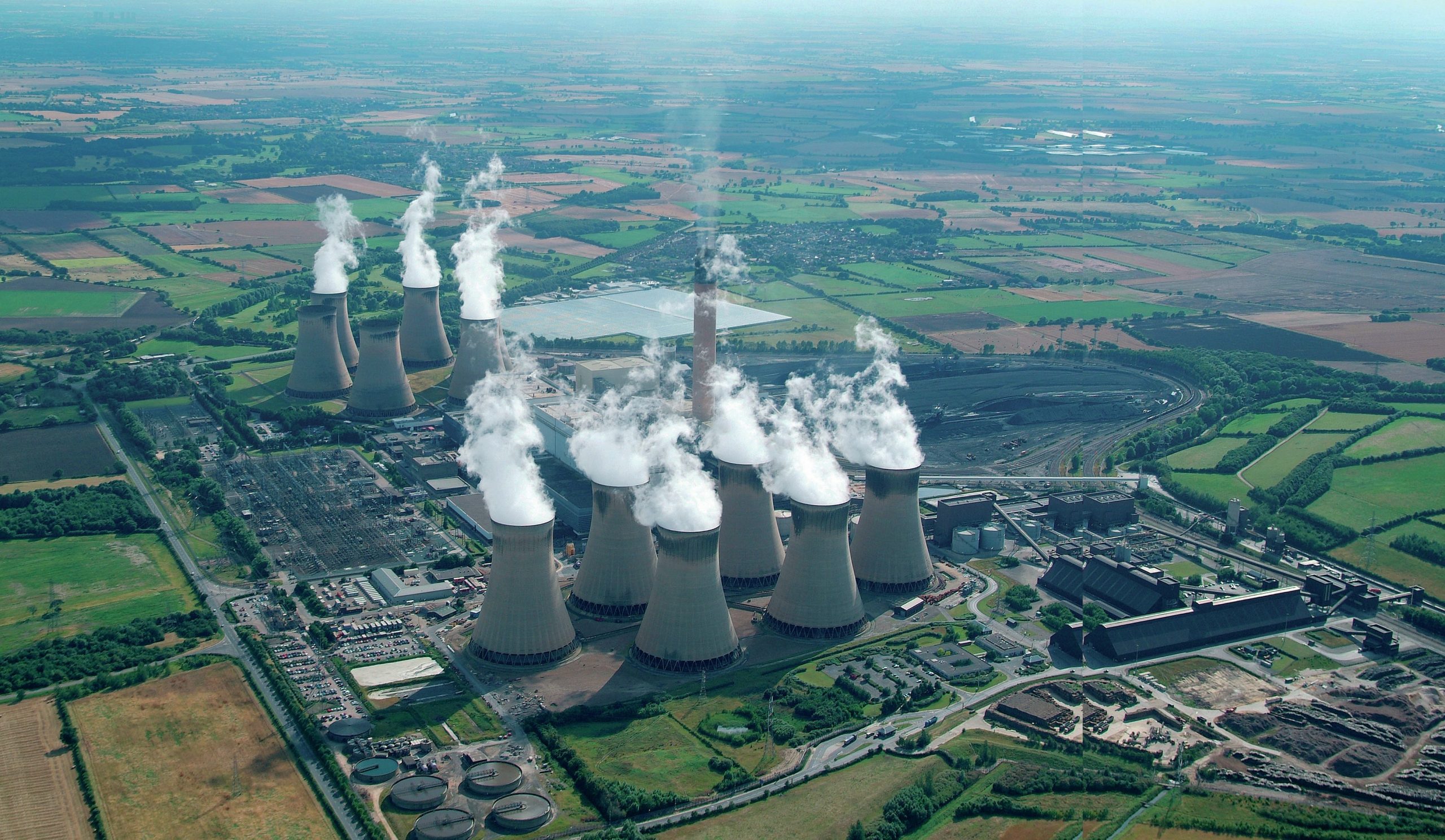
Drax, in North Yorkshire (Figure 1), generates about 7% of the UK’s electricity supply — more than any other power station. It originally burned coal from mines in the UK, but today imports much of its coal, and is now diversifying into using ‘petcoke’ derived from oil and biomass from wood and other plant material. Because of its huge size, Drax is the UK’s largest emitter of the greenhouse gas carbon dioxide. However, it claims to be one of the most carbon-efficient and cleanest coal-fired power stations.
The production of electricity usually involves turbines. The most common ways of turning turbines are to use steam, water or wind. In the case of Drax the turbines are turned by steam that is mainly produced by burning coal to heat water pumped from an underground supply. Some coal is brought to the station by rail from mines in Yorkshire, the Midlands and Scotland, but most is imported from countries including Australia, Russia, South Africa and Poland.
Your organisation does not have access to this article.
Sign up today to give your students the edge they need to achieve their best grades with subject expertise
Subscribe




